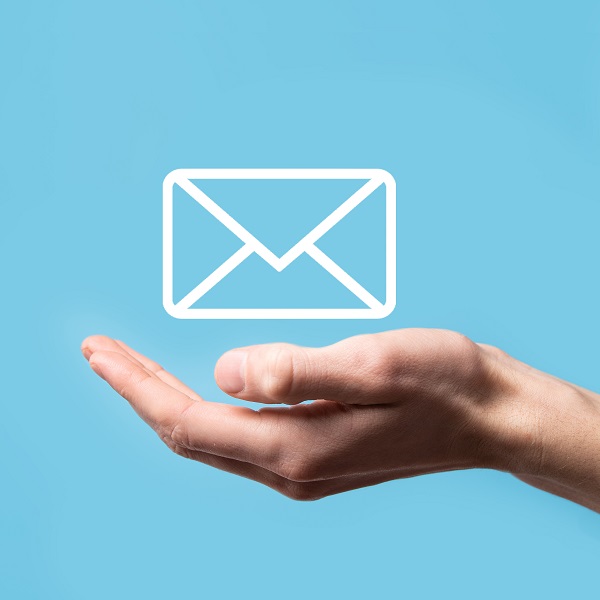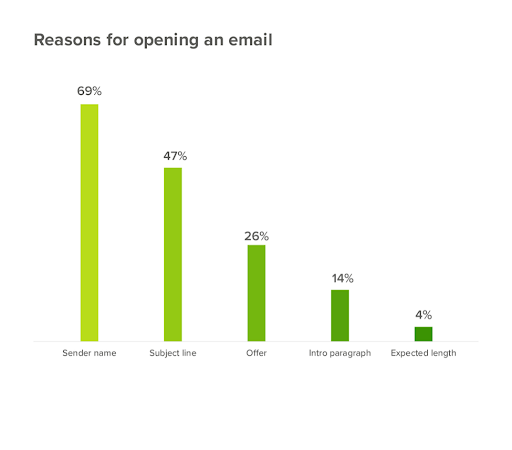6 Standout Strategies to Merge SEO & Email Marketing

SEO is all about improving your website to rank higher on search engine results, while email marketing is about fostering engagement with your audience. Language is a common theme in both of these strategies, and each can reveal crucial information to inform the other.
SEO’s Place in Your Marketing Strategy
Search engine optimization (or SEO) refers to improving your website’s ranking in search results. If someone searches for a service you provide on Google or Ecosia, SEO can help get you on the first page of results.
The key is to use appropriate search terms on your website. Be too generic, and they might get lost in the internet ether. Let’s say your business offers online digital signatures for SMEs. The better phrase to use is “free esign software,” rather than simply stating, “signing software for business”.
Search engine providers want people to get the results they’re looking for, so they’ll put the most relevant content at the top. SEO helps you to work in tune with search engines. It’s so important that 61 percent of marketers cite improving SEO as a top priority.
Advantages include targeting quality traffic, i.e., people who are interested in your product. You don’t need to pay for ads either, and it’s more successful than pay-per-click (perhaps because people trust search engine algorithms over adverts). Crucially, it literally moves you ahead of your competitors in search engine results.
The Power of Email in Marketing
With 73 percent of millennials preferring business communication to come directly to their inbox, emails are another powerful tool for marketing. Since most of us check our messages daily, they’re a very efficient way to reach consumers. Businesses use email just as ucaas phone system as their communication tool. Personalization and having a great email subject line are key to success.

Sourced from opentracker.net
Creating personalized content for consumers is a fantastic way to foster engagement, reduce churn, and build loyalty. Personalizing content, as part of tailored marketing support, based on whether someone is a one-off or returning customer can be highly effective.
As well as updating your customer base on new things happening within your company, you can use commercial proposal email to let them know about your products and/or services which generate leads, traffic, and sales.
How You Can Combine SEO & Email to Supercharge Your Marketing
Now, without further ado, here are six steps to help you combine these two standout marketing strategies!
1. Integrate keywords into your email campaigns.
The people searching for your services are generally the same people you’re emailing, so it makes sense to use similar keywords in your email subject lines, content, and SEO campaigns.
Doing so in a natural, user-friendly way will be search-engine friendly for your SEO campaign, and applying that rule to your emails will make them more readable too. You can use this guide to email marketing to get you started.
Long-tail keywords might have a lower search volume but are more targeted and relevant. Similarly, you don’t want your emails to feel like spam, so keeping them specific to your audience will improve engagement. Use anchor texts strategically throughout your email campaign to link to your website and boost SEO.
2. Automate campaigns to create a flow of traffic to your site.
Industries from healthcare to sales often integrate automated campaigns like CRM Automation, Advertising Automation, and Marketing Automation Analytics, and even incorporating an automatic phone dialer into their campaigns can help your business cut costs, saves time, and boost productivity. Automated email campaigns can also create consistent traffic flows to your website, boosting SEO. Automated email sequences allow you to show new subscribers all of your best content without any extra effort on the part of your business.
These emails generate traffic to your website, which alerts search engines and, in turn, pushes your website higher up the results page. Since your email subscribers are already interested in your content, they’re more likely to engage with it when they visit your website. Search engines pick up on this, which helps boost your SEO.
3. Leverage data and insights to optimize list segmentation and personalization.
You can analyze your SEO data to see who’s interested in you and the aspects/products they’re most curious about. This analysis can inform segmentation and create more relevant personalization in email marketing for greater engagement.
For example, different age groups could be interested in different products. By analyzing who’s responding to which SEO terms, you can avoid overwhelming anyone with irrelevant information, rendering your email campaign better targeted and more effective.
4. Repurpose your newsletter content across channels.
A good content strategy proposal is essential for engaging your audience with your product and business. However, it takes a lot of effort to create. Repurposing content across different channels is a great way to optimize this. It also creates brand continuity.
So, if you have great content on your website or in your newsletter, you can repurpose that for your email campaign. As well as a clear brand narrative allows you to maximize your efforts and resources.
These are some good marketing psychology hacks to help you perfect your emails.
5. Unify language across marketing channels to boost engagement.
Consistent formatting and brand voice across channels, such as direct selling and marketing events, will help engagement and SEO. Article titles and email headlines should be catchy and interesting. The body of your text for both emails and website content should be easy to read and written in a similar tone if slightly more condensed in email.
Your emails should also include call-to-action buttons. Once you’ve got your audience’s attention through email, offer them places to go for further information. This could be your social media pages, specific offers, or a blog, thus driving traffic to your website.
6. Monitor and measure email campaigns to track the success of your SEO efforts.
By measuring which emails get the best results (for example, by boosting traffic to your website or increasing sales through quoting apps), you can figure out which key phrases work for your customer base. This is useful information that you can apply to your SEO campaign.
A/B testing strategies can help you directly compare the success of two different emails to hone in on what works best for your wider marketing strategy.
If your emails are beginning to flag, you can run a re-engagement campaign using this data to re-establish a connection with your audience.
The Takeaway
Marketing channels do not exist in isolation. Rather, these channels crossover and complement one another. Certainly, best practices for one can be used across others to boost efforts in both.
SEO allows you to perfect your email campaign by providing you with useful knowledge about your audience and what they’re most interested in. Email campaigns can, in turn, boost your SEO by increasing traffic flow to your website. Creating a cohesive tone across both campaigns is the very best way to set your brand apart from the rest.

